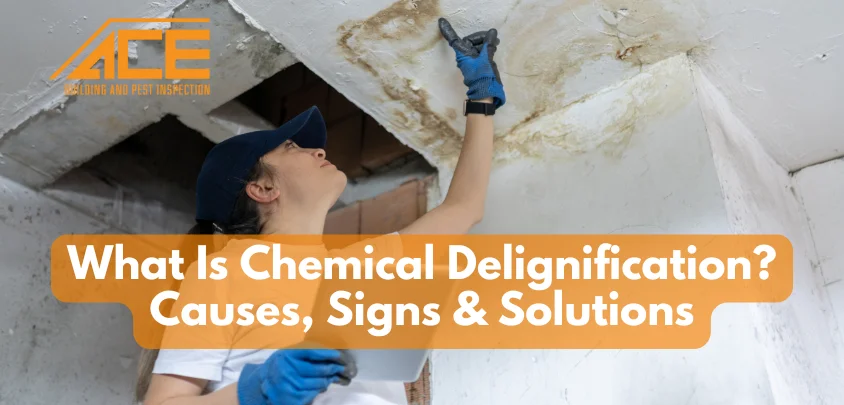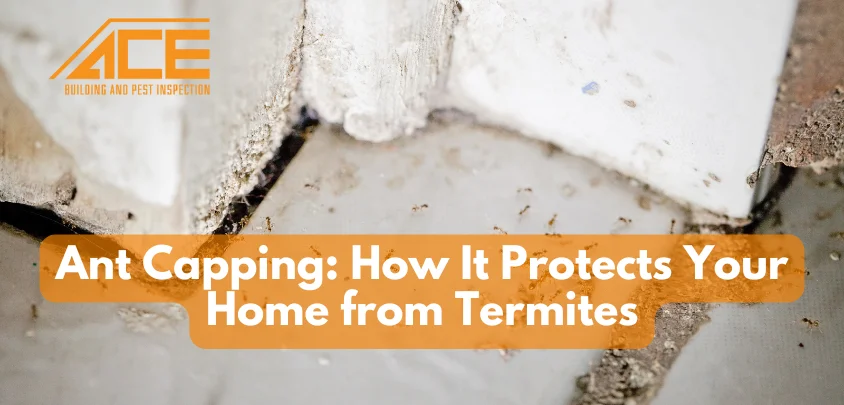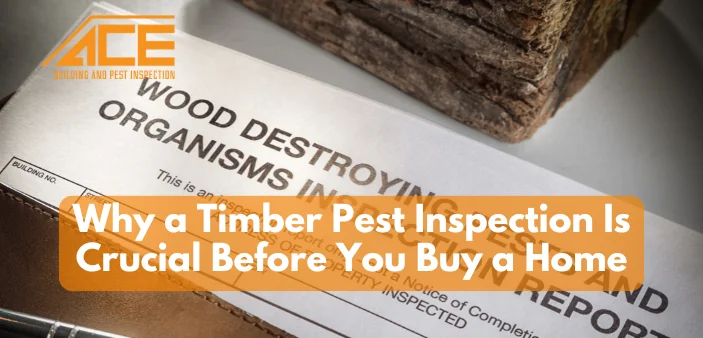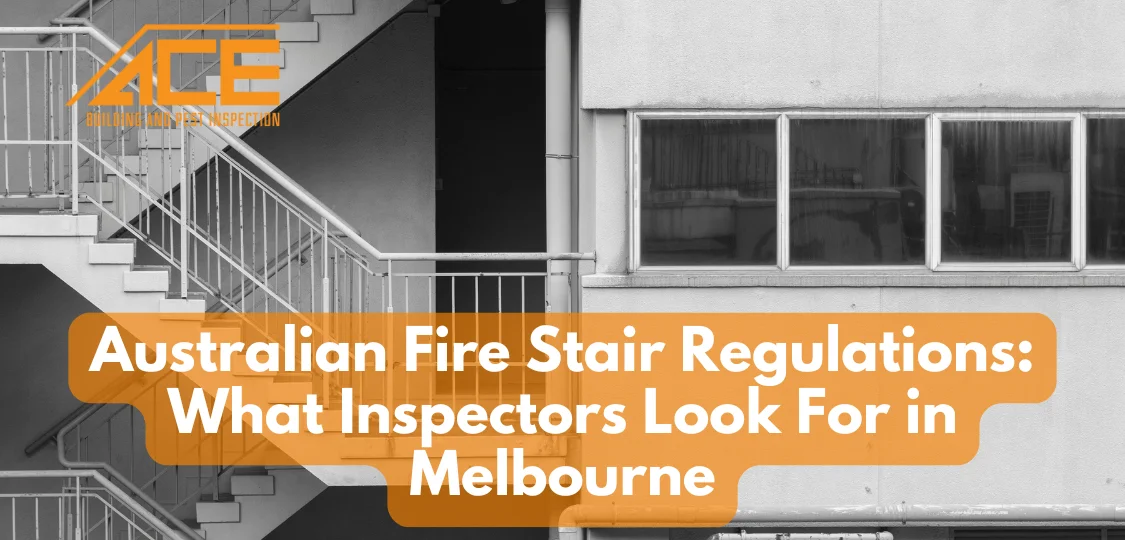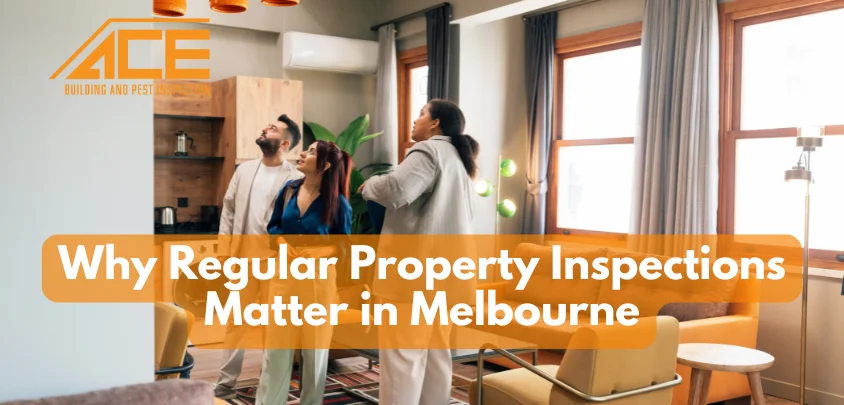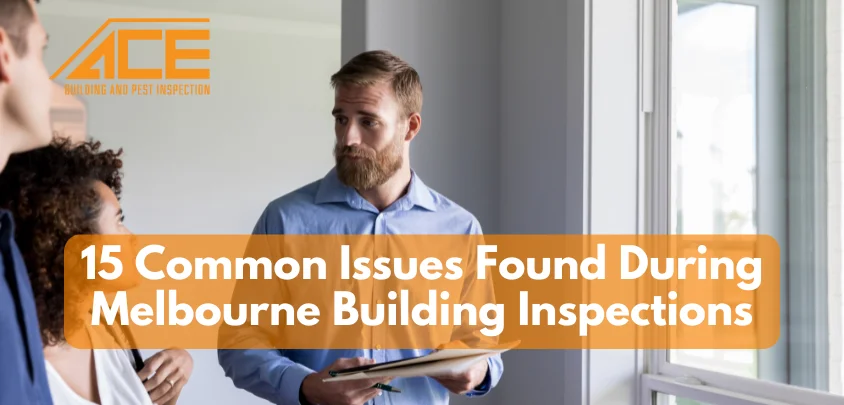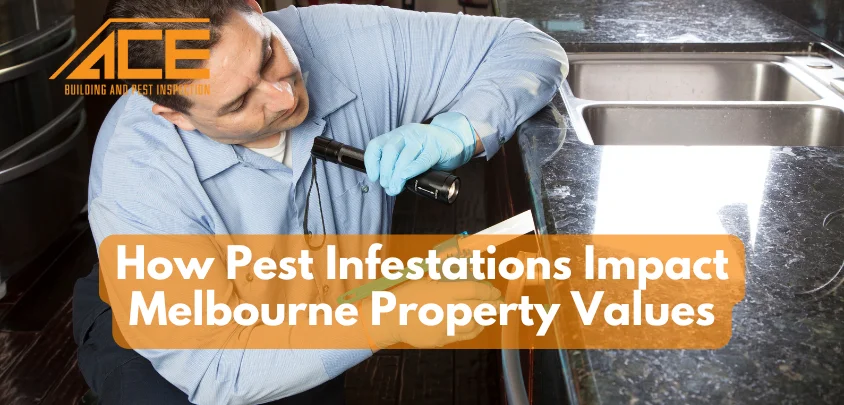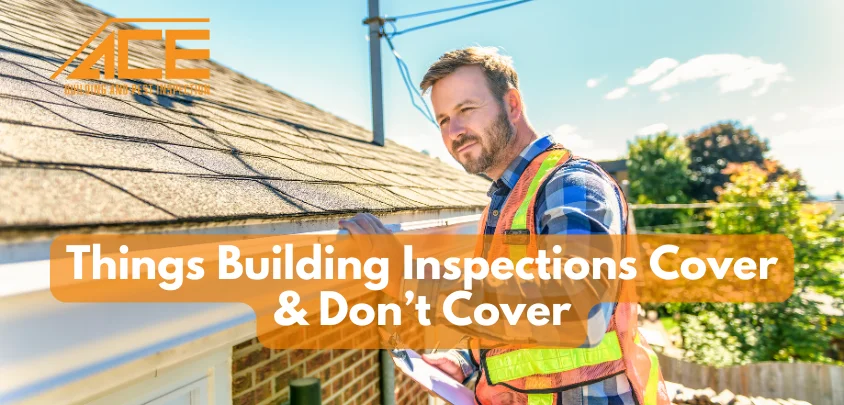Table of Content
When it comes to maintaining the structural integrity of your home—particularly those with timber roof frames—chemical delignification is a problem that’s often overlooked but potentially dangerous. This condition can silently compromise the strength of your timber over time, especially in Australia’s hot, humid, or coastal regions.
In this article, we’ll explore what chemical delignification is, what causes it, how to identify the signs early, the role of building inspections, and the best solutions to treat and prevent further damage.
What Is Chemical Delignification?
Chemical delignification refers to the deterioration of lignin, the natural glue that binds the fibres of wood together. As lignin breaks down, timber becomes weakened and takes on a characteristic furry or woolly appearance. This damage reduces the timber’s ability to bear loads, making it a serious concern for roofing structures.
This condition typically affects timber roof battens, rafters, and trusses, and is most commonly found in older homes, particularly in areas exposed to high humidity or airborne pollutants.
What Causes Chemical Delignification?
There are several environmental and chemical factors that contribute to delignification:
1. Airborne Pollutants
Exposure to pollutants such as sulphur dioxide, nitrogen oxides, and salt (in coastal areas) can trigger chemical reactions in timber, especially in poorly ventilated roof spaces.
2. Heat and Humidity
Australia’s hot summers and humid climates—especially in northern and coastal regions—can accelerate the chemical breakdown of lignin in timber.
3. Poor Roof Ventilation
Roof spaces without adequate airflow tend to trap moisture and heat, creating the perfect environment for delignification to occur.
4. Inappropriate Timber Selection
Using non-durable or untreated timber in areas where chemical exposure or extreme weather is expected can increase the likelihood of damage.
5. Stored Chemicals in Roof Cavities
Storing paints, cleaning products, or other corrosive chemicals in roof cavities or ceilings can release fumes that damage surrounding timber structures.
Common Signs of Chemical Delignification
The key to addressing chemical delignification is early detection. Here are the most common signs to look out for:
- Furry or Woolly Surface Texture: Timber takes on a fuzzy, wool-like surface as the lignin breaks down and fibres are exposed.
- Discolouration: Affected timber often turns grey or white.
- Softened Timber Surface: The outer layers may feel soft or spongy to the touch.
- Dust or Fibrous Debris: Fine timber dust may collect on the ceiling or below the affected area.
- Structural Movement or Sagging: In more advanced cases, roof structures may start to sag, shift, or creak under load.
The Role of Building Inspections
One of the most effective ways to detect chemical delignification before it becomes a safety hazard is through a comprehensive building inspection.
Why You Need a Building Inspection:
- Early Identification: Building inspectors are trained to spot the early signs of timber degradation that homeowners may miss.
- Roof Cavity Assessment: Inspections often include roof cavity checks, which are critical in identifying areas affected by delignification.
- Informed Property Decisions: If you’re buying or selling a home, a building inspection report will help you understand whether the structure is sound or requires repairs.
- Maintenance Planning: Even for current homeowners, regular inspections help you stay ahead of structural issues before they become costly.
Tip: Always ensure your building inspection includes the roof cavity—this is where chemical delignification most commonly begins and may go unnoticed for years.
Solutions for Chemical Delignification
The appropriate response to chemical delignification depends on how advanced the condition is. Below are some of the most common solutions used in Australia:
1. Professional Assessment
If you suspect chemical delignification, the first step is to contact a qualified building inspector or a structural engineer. They can assess the extent of the damage and recommend a suitable course of action.
2. Surface Brushing and Sealing
For mild cases, brushing away the deteriorated surface fibres and applying a wood consolidant or epoxy sealer may be enough to restore strength and prevent further damage.
3. Timber Replacement
In cases where the timber has been structurally compromised, affected battens or rafters must be removed and replaced with treated timber that meets Australian Standards.
4. Installing Bracing or Reinforcement
If replacement isn’t immediately feasible, additional bracing may be installed to provide temporary structural support.
5. Improve Roof Ventilation
Installing whirlybirds, roof vents, or ridge ventilation can drastically improve airflow and reduce humidity in the roof cavity, minimising the chance of further damage.
6. Avoid Storing Chemicals in Roof Space
Do not store paints, thinners, or other chemicals in the ceiling or attic areas. These can emit fumes that contribute to chemical breakdown.
How to Prevent Chemical Delignification
Prevention is always better—and cheaper—than cure. Here are practical ways to protect your timber from chemical delignification:
- Schedule Regular Building Inspections: Regular property inspections can help prevent chemical delignification and detect common building issues early, saving you time and money in the long run.
- Ventilate Your Roof: Proper roof ventilation helps regulate temperature and moisture.
- Use Treated or Durable Timber: Especially for new builds or renovations, choose H2 or H3-treated timber that’s resistant to pests and chemical exposure.
- Seal Gaps and Leaks: Prevent moisture ingress by sealing roof gaps and addressing any plumbing issues promptly.
- Limit Indoor Humidity: Using dehumidifiers and ensuring proper insulation will keep indoor moisture levels in check.
Final Thoughts
Chemical delignification is a slow but serious threat to timber roof structures, particularly in Australia’s varying and often harsh climates. If left unchecked, it can lead to costly structural repairs—or worse, safety hazards for occupants.
Whether you’re buying a new property, living in an older home, or planning a renovation, a professional building inspection is your first line of defence. Contact ACE Building and Pest Inspection in Melbourne for thorough inspection services. We can help detect early signs of delignification, recommend effective treatments, and ensure that your roof remains safe and structurally sound.
More Resources:
